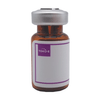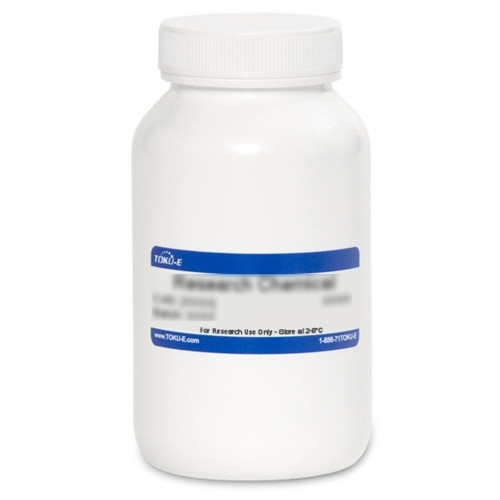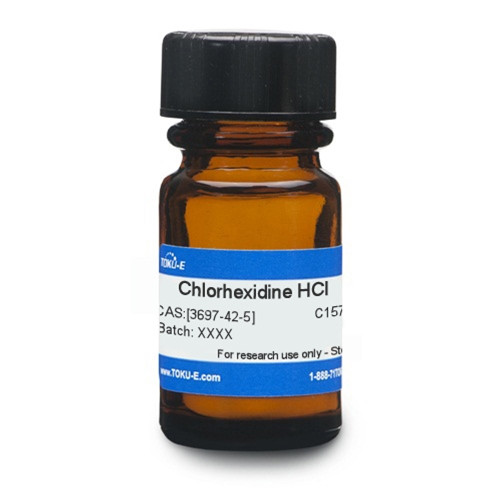Ceftaroline Dihydrochloride is a fifth-generation cephalosporin, a broad-spectrum β-lactam active against Gram-positive organisms including methicillin-resistant Staphylococcus aureus (MRSA) and drug-resistant Streptococcus pneumoniae, as well as non-β-lactamase-producing Gram-negative organisms. Ceftaroline was developed by Forest Laboratories under a license from Takeda. In vitro studies show a similar spectrum to ceftobiprole, the only other 5th generation cephalosporin to date. Analytical methods of ceftaroline quantification for biological samples is scarce. Ceftaroline exhibits time-dependent bactericidal activity.
| Molecular Formula | C22H20N8O5S ∙ 2HCl |
| Spectrum | Ceftaroline Dihydrochloride is a broad-spectrum against Gram-positive and Gram-negative bacteria. It is effective against methicillin-resistant Staphylococcus aureus (MRSA), and extensively-resistant strains such as vancomycin-resistant S. aureus (VRSA), vancomycin-intermediate S. aureus (VISA), and heterogeneous intermediate resistance to vancomycin (hVISA). It is also effective against respiratory pathogens like Streptococcus pneumoniae and Haemophilus influenzae. |
| Mechanism of Action |
Ceftaroline binds to penicillin-binding protein (PBP) which prevents the formation of the bacterial cell wall. MRSA strains have a mutated PBP2a which prohibits β-lactam antibiotics from accessing its active site. Ceftaroline has an ethyoxyimino side-chain mimicking a portion of a cell wall structure, which opens and facilitates access to the active site of PBP2a. Ceftaroline has a high affinity for modified PBPs like PBP2a in S. aureus and PBP2x in S. pneumoniae, leading to high activity against Gram-positive cocci. Ceftaroline Dihydrochloride is a prodrug that is converted in vivo to its active metabolite Ceftaroline by plasma phosphatases. |
| Microbiology Applications |
Ceftaroline is commonly used in clinical in vitro microbiological antimicrobial susceptibility tests (panels, discs, and MIC strips). Medical microbiologists use AST results to recommend antibiotic treatment options. Representative MIC values include: MRSA 0.5-2.0 µg/ml Ceftaroline Dihydrochloride is used for culture media use. |
| Eukaryotic Cell Culture Applications |
A simple and rapid method to quantify Ceftaroline in plasma samples was developed involving HPLC with ultraviolet detection. The method for pharmacokinetics studies is based on protein precipitation (Alarcia-Lacalle et al, 2021). |
| References |
Alarcia-Lacalle A (2021) Quantification of Ceftaroline in human plasma using high-performance liquid chromatography with ultraviolet detection: Application to pharmacokinetic studies. Pharmaceutics 13:959 Saravolatz LD, Stein GE and Johnson LB (2011) Ceftaroline: A novel cephalosporin with activity against methicillin-resistant Staphylococcus aureus. Clin. Infect. Dis. 52(9):1156-1163 PMID 21467022 Tsi C etl al (2022) Evaluation of the synergistic effect of Ceftaroline against methicillin-resistant Staphylococcus aureus. Int. J. Infect. Dis. 122:230-236 Zhanel GC et al (2009) Ceftaroline. Drugs 69(7):809-831 |










